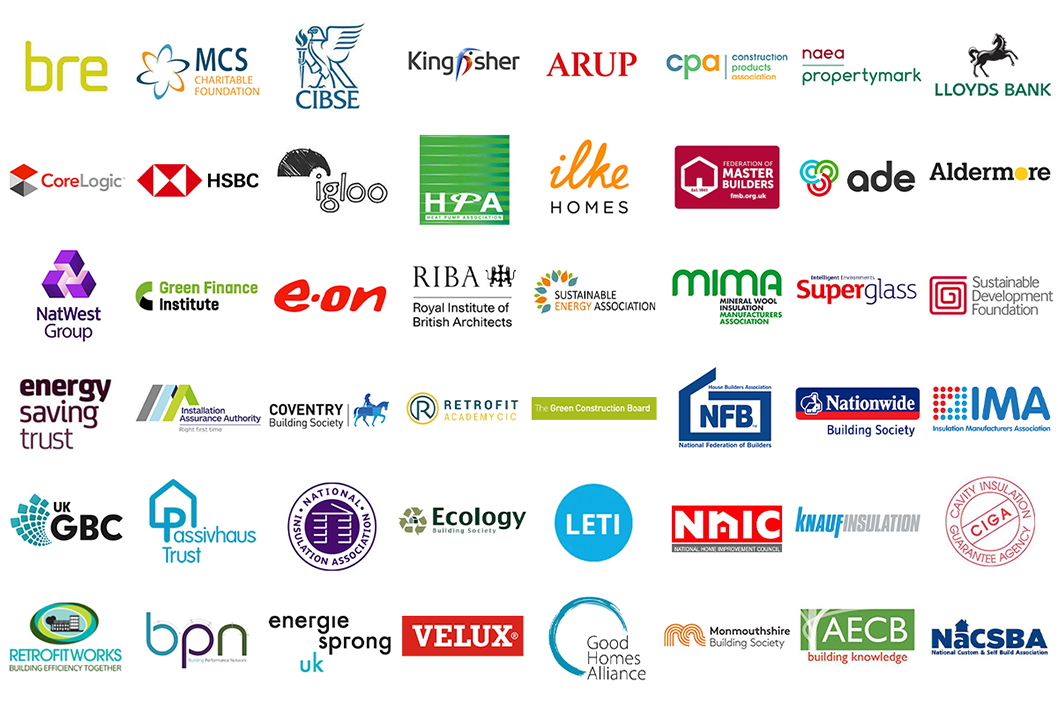Transforming the existing Stamp Duty Land Tax into an Energy Saving Stamp Duty incentive has the potential to drive a long-term sustainable market for energy saving home upgrades, giving certainty to businesses and empowering consumers giving them choice to upgrade a new or existing home:
1. The Problem: Leaky Homes account for 20% of UK Carbon Emissions
The UK’s leaky homes are a significant part of the energy security and climate problem. Heating and powering of the UK’s 29 million homes accounts for 20% of UK carbon emissions and uses 31% of the energy. Energy security and net zero cannot be cost effectively delivered without tackling them.
However, over the last decade, programmes to improve the UKs owner occupied homes (circa 65% of all homes) have effectively ceased and the industry delivering improvements collapsed.
2. The Answer: It isn’t simply more grants but a blend of investment
Whilst targeted subsidy programmes form a part of any energy saving and net zero strategy, for those that don’t have means or access to finance, private finance will have to be deployed to deliver the majority of improvements.
Indeed, the prospect of grant funding, for those who can pay, simply causes them to hold off until grants are available and distorts what they chose to buy and from whom - to maximise the ‘free money’. It doesn’t create the sustained competitive market which industry wants and puts government on the hook for ongoing grant support.
3. The Approach: How do we stimulate such a significant level of private investment?
A market-based approach is required which gives householders and home buyers choice and becomes part of the existing home improvement culture.
a. Structural-incentives provide flexible solutions and allow innovation:
Introduction of long-term ‘structural-incentives’, such as nudging Stamp Duty, would create the conditions to produce a thriving energy efficiency market.
Further, as a structural driver it need not be a burden on the Treasury. It can reasonably be expected to remain in place as, and when, administrations change, providing the long- term demand so essential for success allowing businesses to invest and drive efficient delivery, high standards and low costs.
b. Structural-incentives and subsidy working together:
An Energy Saving Stamp Duty Incentive, combined with grants for lower value homes will be a workable and effective structural solution, working seamlessly with existing green finance arrangements and policies as well as driving innovative new approaches to delivering home upgrades. Critically, it strongly catalyses industry engagement with any short term initiatives the Government may introduce because it provides confidence that the market created will not simply fall away again when the grants are reduced or withdrawn.
The market will be stimulated to deliver more energy efficient
homes without on-going Government intervention.
4. The How: How would the Energy Saving Stamp Duty Incentive work?
5. The Benefits: What are the key benefits of the Energy Saving Stamp Duty Incentive?
6. Next steps: Statement of Intent, Certainty for Businesses and Creating a Market
If the government made an announcement or statement of intent now, with implementation in 18 months to 2 years, homeowners considering selling would have time to act, should they wish, and businesses and government would have the time to prepare.
This approach would encourage immediate action whilst also smoothing roll-out and allowing companies to ramp-up capacity and get ready to deliver – ensuring a quality retrofit programme for all, giving certainty to businesses that there is guaranteed market demand.
Growing support
This idea is gaining momentum. A recent public opinion poll for No.10’s ‘Nudge Unit’ showed 78% support of the policy. A rapidly growing number of organisations have added their support, from banks and estate agents to manufacturers and installers and beyond. They include:

For more information, please contact:
David Adams, EEIG ESSD spokesperson at david@theeeig.co.uk or,
Sarah Kostense-Winterton, EEIG Chairman on sarah@theeeig.co.uk
Louise Hutchins, UK Green Building Council at policy@ukgbc.org
Developed in partnership with the UK Green Building Council

October 2023